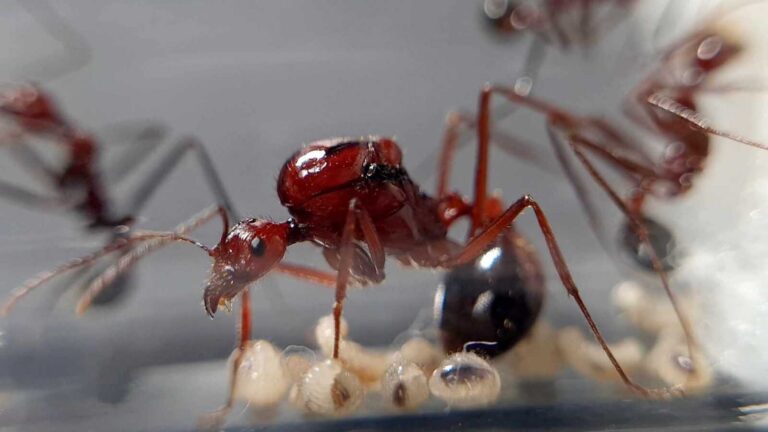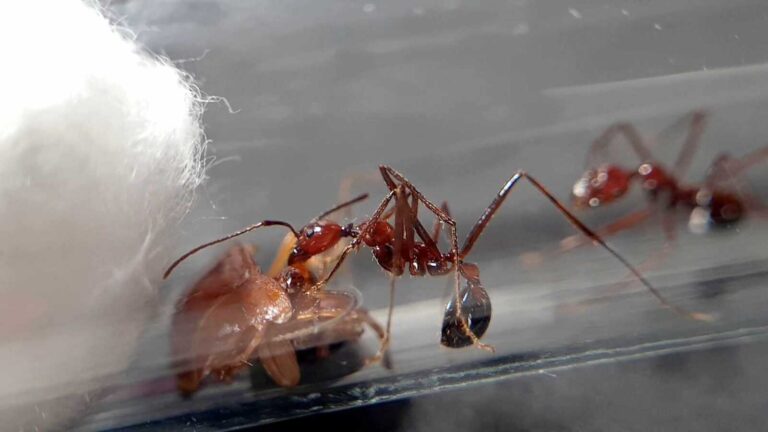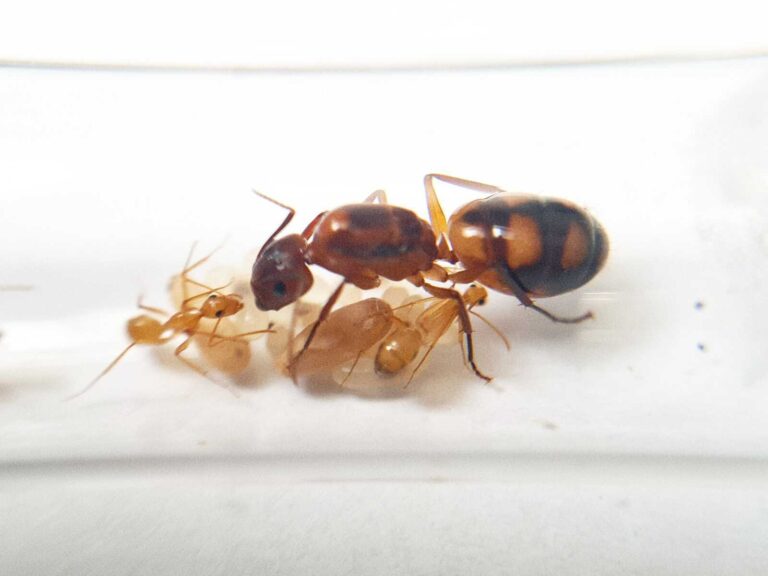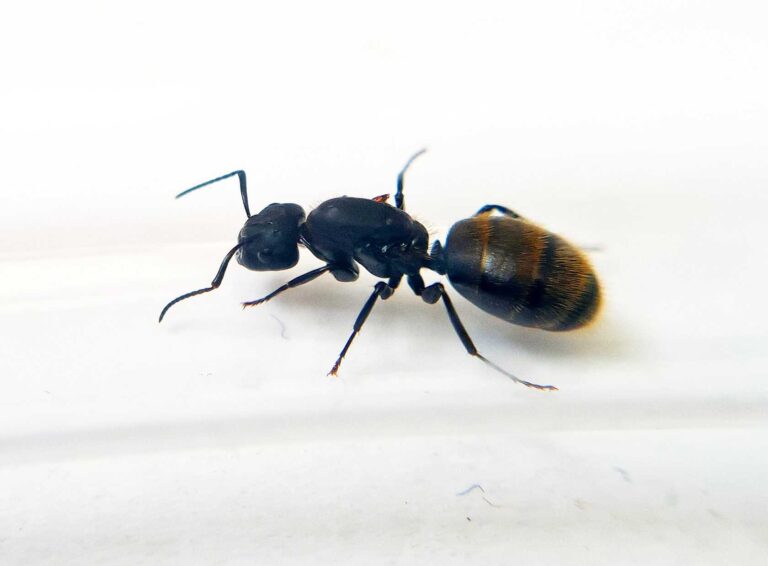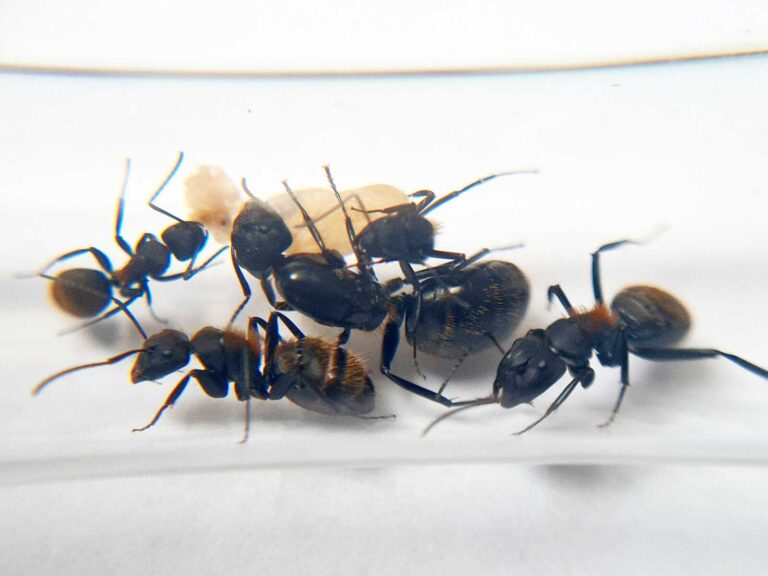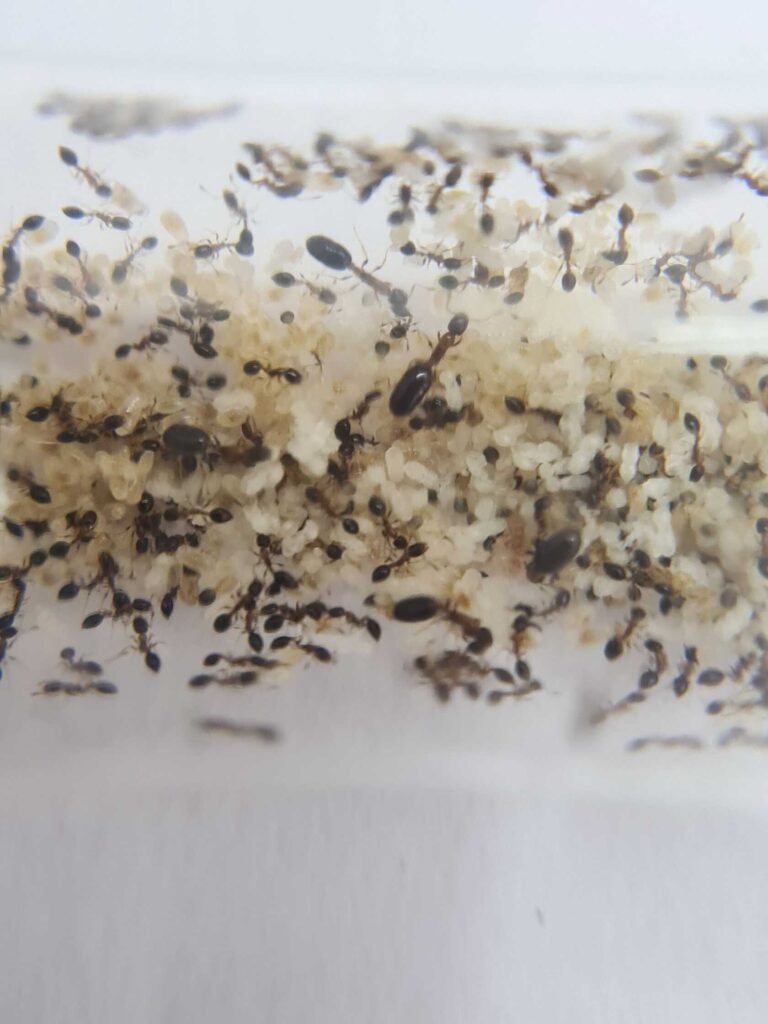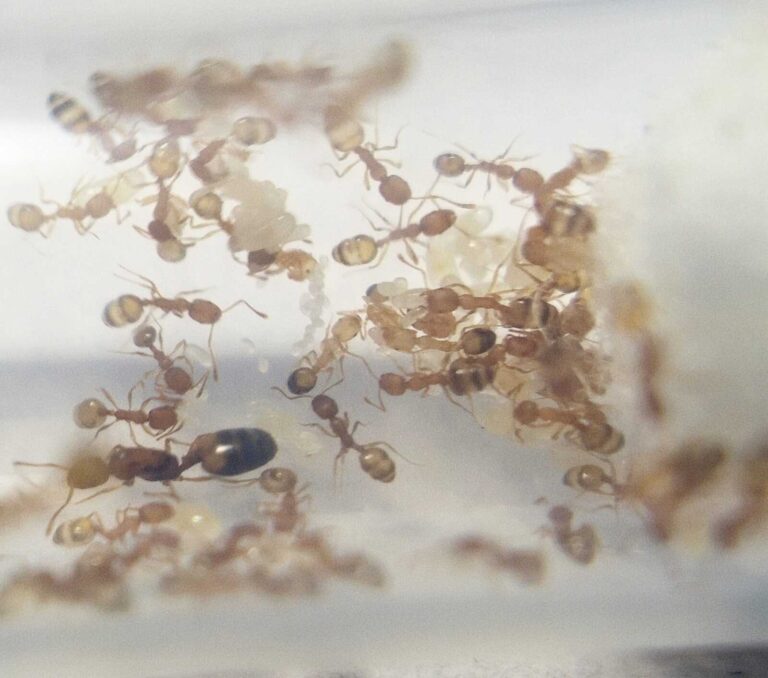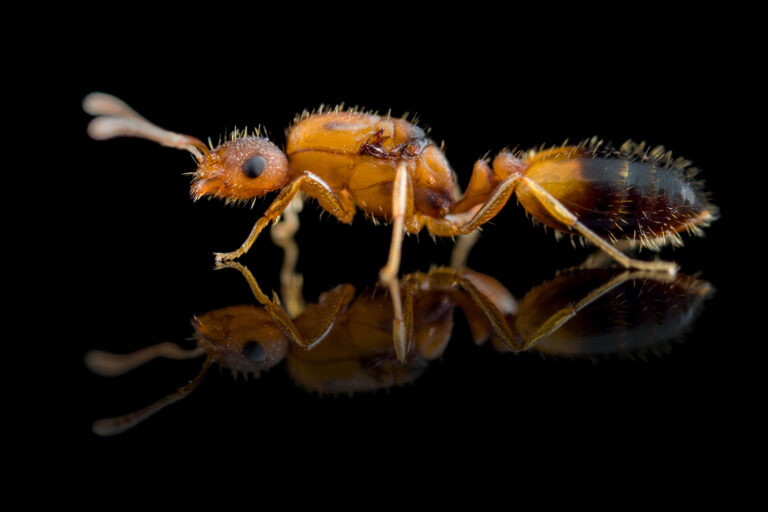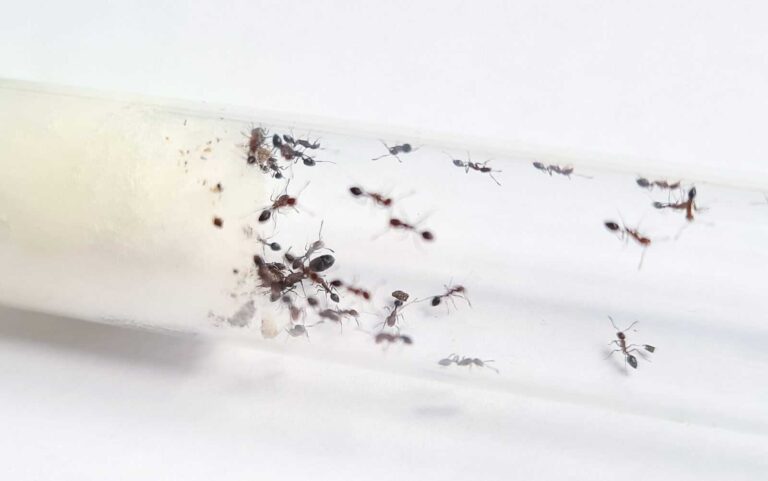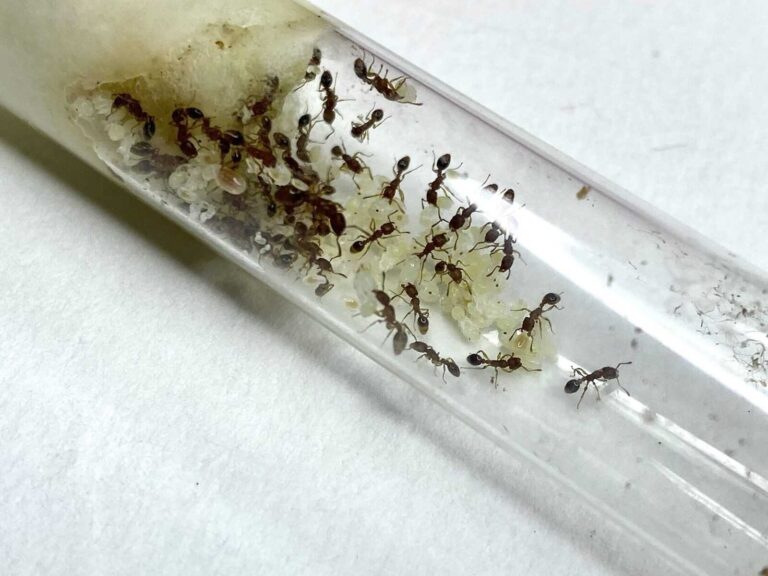Showing all 8 results
Product categories
Stock status
Filter by price
Behavior
Number of workers
- Queen 5
- Queen and 1-50 workers 3
- Queen and 1-3 workers 5
- Queen and 4-10 workers 5
- Queen and 11-20 workers 5
- Queen and 21-40 workers 5
- Queen and 41-60 workers 4
- Queen and 61-100 workers 2
- Queen and 51-100 workers 3
- Queen and 101-200 workers 4
- Queen and 201-500 workers 4
- Queen and 501-1000 workers 1
- 2 Queens 1
- 2 Queens and 1-50 workers 3
- 2 Queens and 1-3 workers 1
- 2 Queens and 4-10 workers 1
- 2 Queens and 11-20 workers 1
- 2 Queen and 21-40 workers 1
- 2 Queens and 41-60 workers 1
- 2 Queens and 101-200 workers 4
- 2 Queens and 51-100 workers 3
- 2 Queens and 201-500 workers 4
- 2 Queens and 501-1000 workers 1
- 3 Queens 1
- 3 Queens and 1-50 workers 3
- 3 Queens and 1-3 workers 1
- 3 Queens and 4-10 workers 1
- 3 Queens and 11-20 workers 1
- 3 Queens and 21-40 workers 1
- 3 Queens and 41-60 workers 1
- 3 Queens and 61-100 workers 1
- 3 Queens and 51-100 workers 3
- 3 Queens and 101-200 workers 4
- 3 Queens and 201-500 workers 4
Origin
Filter by size
Wintering
Aphaenogaster swammerdami
1079,90 zł – 1899,90 złPrice range: 1079,90 zł through 1899,90 złThe Aphaenogaster swammerdami is a species of ant with a monogynous colony type and a medium development rate. The colony can have up to 5000 workers. The queen measures 13-18mm in size, while the workers are 8-12mm. They have a distinctive coloration, with a redhead and thorax and a black abdomen. Their diet consists of food insects, syrup, fruit, vegetables, jelly, and cooked chicken.
Camponotus christi ambustus
579,90 zł – 699,90 złPrice range: 579,90 zł through 699,90 złThe Camponotus christi ambustus is a type of ant with a monogynous colony type. The colony can have up to 5000 workers and has a medium development rate. The ants are bright orange with black dots on the abdomen and their size ranges from 8-18 mm. They feed on food insects, syrup, fruit, and vegetables.
Camponotus darwinii
629,90 zł – 769,90 złPrice range: 629,90 zł through 769,90 złCamponotus darwinii is a monogynous ant colony with a size ranging from 3000 to 5000 workers. They have a fast development speed and their queen measures 12-14 mm, while workers measure 5.5-8 mm and major ants measure 9-11 mm. They are black with golden hair covering their body. Their nutrition consists of insect food, syrup, fruits, vegetables, and jel.
Camponotus nossibeensis
89,90 zł – 129,90 złPrice range: 89,90 zł through 129,90 złCamponotus nossibeensis is a monogyny ant species with colony sizes ranging from 3000 to 5000 workers. They have a very fast development speed. The queen measures 15-17 mm, workers 6.5-9 mm, and majors 10-13 mm. They are black in color with golden hair covering their bodies. They primarily feed on insect food, syrup, fruit, and vegetables.
Monomorium floricola
149,90 zł – 389,90 złPrice range: 149,90 zł through 389,90 złThis is a polygynous ant colony with a size of 100,000 workers. The development rate is medium. The queen measures 5-6 mm, while the workers are 1.5-2 mm in size. The ants have a color variation of pale yellow to pale brown on their chest, and a dark brown or black head and belly. They feed on food insects, fruits, vegetables, and syrup.
Monomorium pharaonis
109,90 zł – 399,90 złPrice range: 109,90 zł through 399,90 złThe Monomorium pharaonis is a formidable ant species with a polygynous colony structure, meaning it has multiple queens in a single colony. These colonies can consist of up to 1,000,000 workers, making them highly productive and efficient.
Monomorium subopacum
169,90 zł – 569,90 złPrice range: 169,90 zł through 569,90 złMonomorium subopacum is a polygynous ant species with a colony size of 100,000 workers. They have a fast development speed and the queen measures 5-6 mm while the workers measure 2-3 mm. They are brown in color and their diet consists of food insects, fruit, vegetables, and syrup. They require humidity levels of 30-50% in the arena and 50-70% in the nest, with a temperature range of 24-30°C.
Tetramorium bicarinatum
79,90 zł – 399,90 złPrice range: 79,90 zł through 399,90 złThe Tetramorium bicarinatum is a polygynous ant species with a colony size of up to 50,000 workers. They have a fast development rate and are around 4.2-4.6mm in size for the queen and 3-4mm for the workers. They have a reddish-brown color with variations in shades. They feed on food insects like cockroaches and crickets, as well as syrup made from water and honey.


